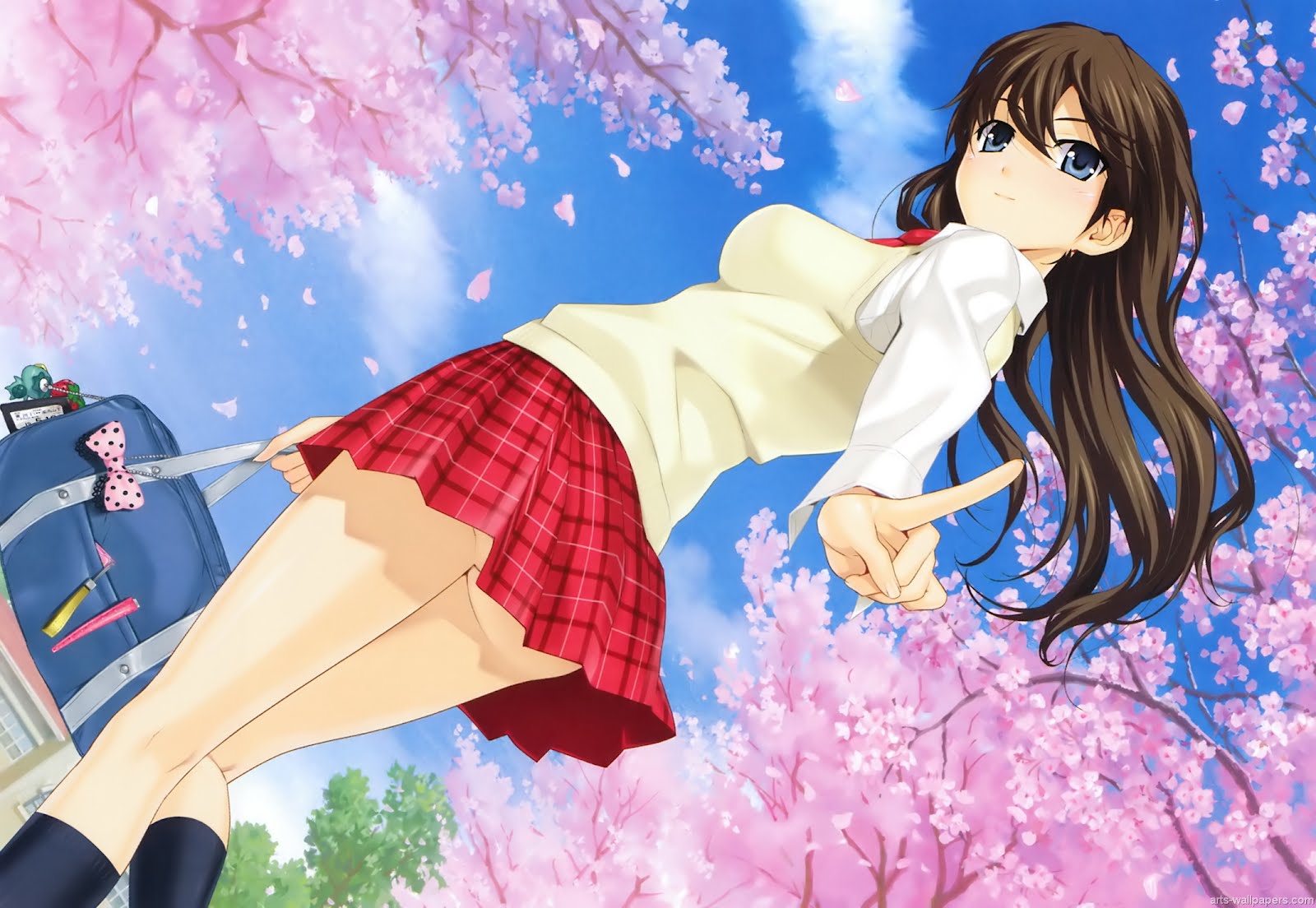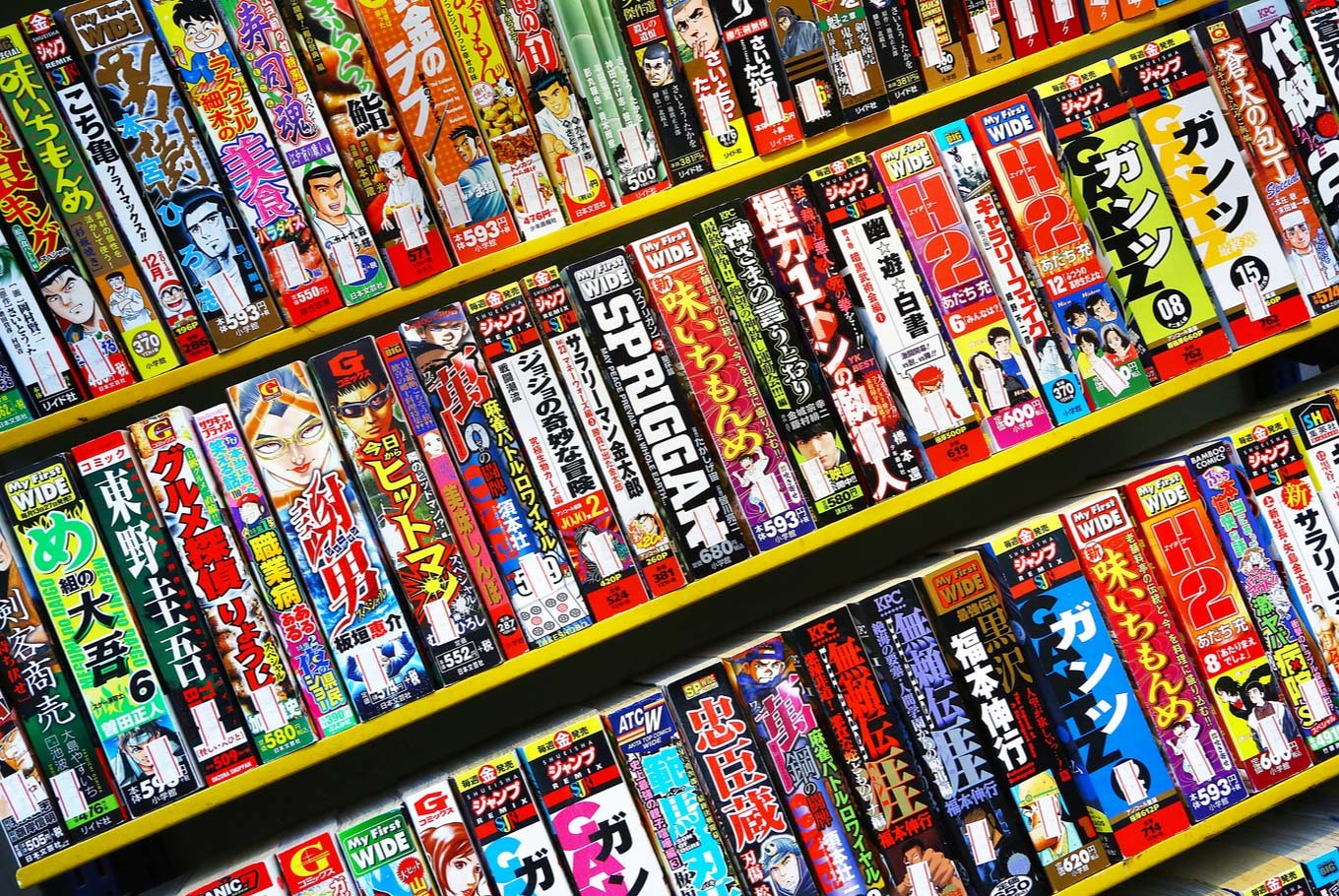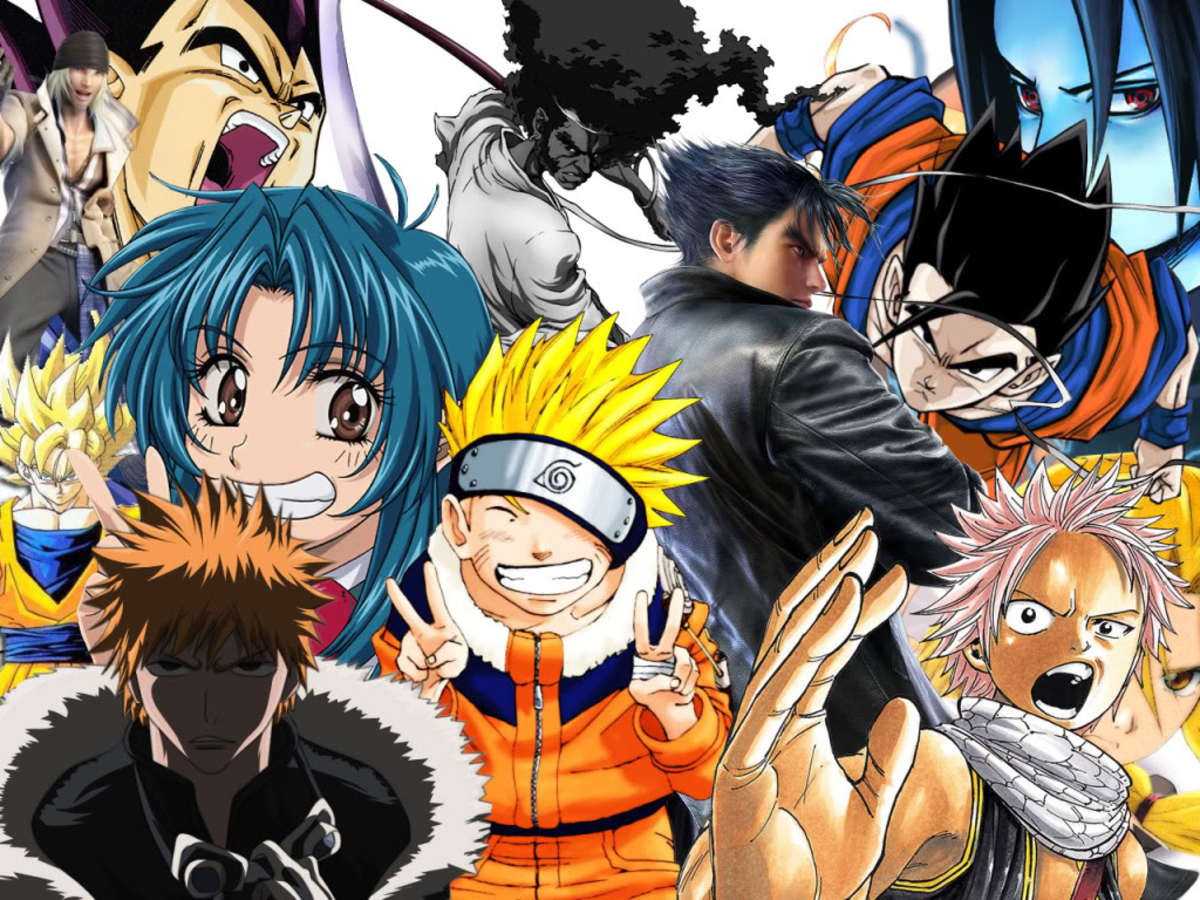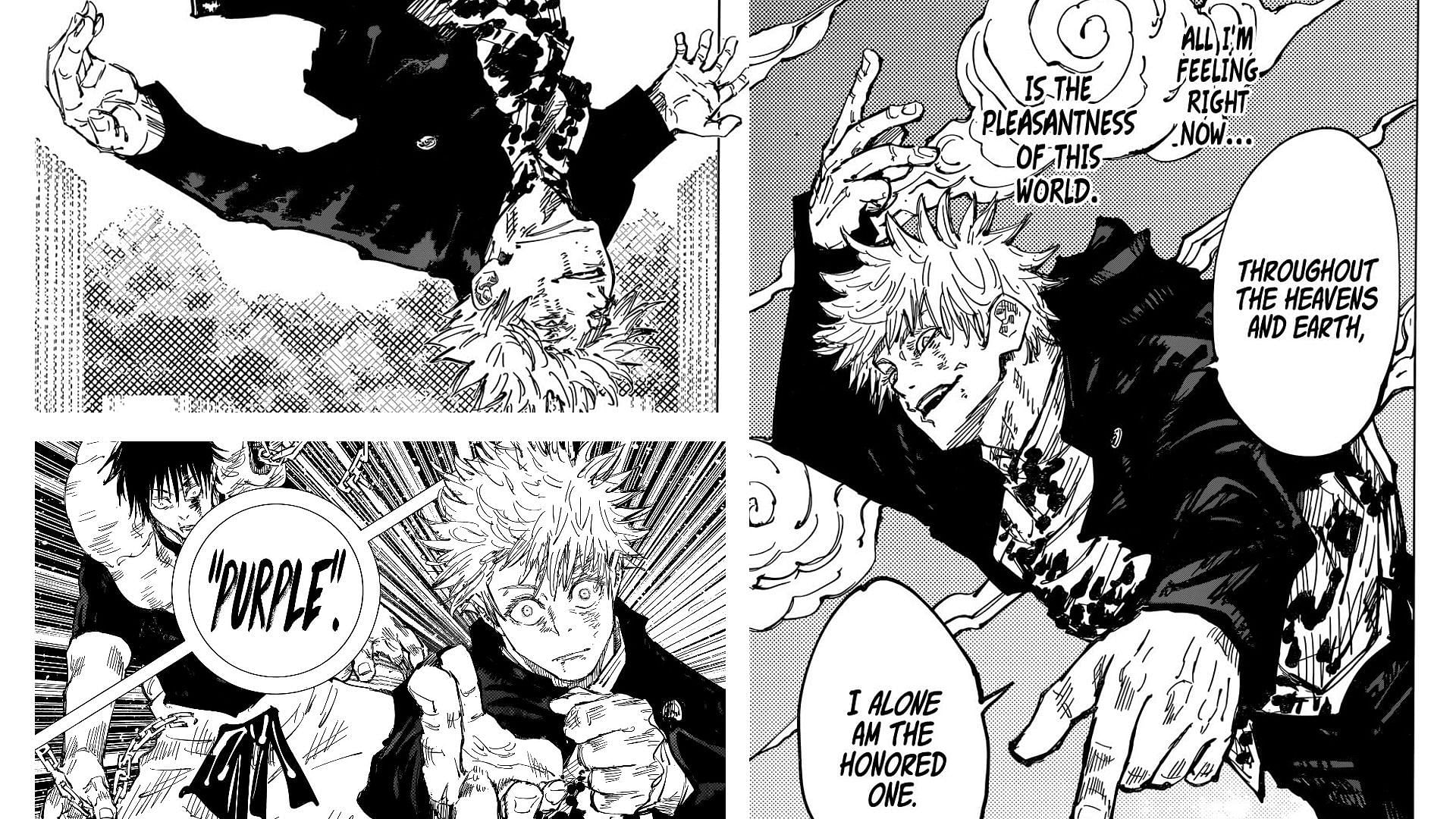Japan and Manga: Yo, ever wondered how those crazy awesome comics came to be? From ancient scrolls to today’s mind-blowing masterpieces, manga’s journey is totally epic. We’re diving deep into the history, the art, the culture, and the global impact of this Japanese phenomenon – get ready to geek out!
We’ll explore the evolution of manga styles, from the early days to the diverse genres dominating shelves today. Think shojo romance, shonen action, seinen drama – it’s a wild ride. We’ll also check out how manga reflects and shapes Japanese society, and how it’s totally blown up globally, influencing everything from anime to Hollywood flicks. Prepare for a serious dose of manga madness!
A Totally Rad History of Manga
Yo, manga! It’s way more than just comics; it’s a massive part of Japanese culture, a total phenomenon that’s taken over the world. From its humble beginnings to its current global domination, let’s dive into the epic story of manga.
Manga’s Evolution: From Humble Roots to Global Phenomenon
Manga’s history is a wild ride. Early forms, influenced by ukiyo-e woodblock prints and Western comics, emerged in the late 19th and early 20th centuries. Think simple illustrations and storylines, often serialized in newspapers. Post-WWII, manga exploded in popularity, fueled by Osamu Tezuka’s revolutionary style, characterized by large, expressive eyes and dynamic storytelling. This “god of manga” set the stage for the diverse styles we see today.
Comparing Early and Modern Manga
Early manga was often simpler in art style and narrative, focusing on serialized adventures and humor. Modern manga boasts a mind-boggling array of styles, genres, and target audiences. The level of detail, complexity of storytelling, and the sheer variety are mind-blowing. Think of the difference between a classic newspaper comic strip and a fully rendered graphic novel – that’s the evolution of manga.
Influential Manga Artists and Their Contributions
- Osamu Tezuka: The “god of manga,” he revolutionized the art form with his dynamic style and innovative storytelling in works like Astro Boy.
- Go Nagai: Known for his provocative and often darker themes in manga like Devilman, he pushed boundaries and influenced many artists.
- Eiichiro Oda: The creator of the globally popular One Piece, Oda’s influence on the shonen genre is undeniable.
A Timeline of Manga Milestones
Here’s a quick rundown of some key moments:
| Year | Event |
|---|---|
| Late 19th – Early 20th Century | Early forms of manga emerge, influenced by ukiyo-e and Western comics. |
| Post-WWII | Manga experiences a surge in popularity. Osamu Tezuka’s works revolutionize the art form. |
| 1960s-1970s | Various genres emerge, solidifying manga’s diverse landscape. |
| 1980s-Present | Manga’s global popularity explodes, influencing anime, film, and video games. |
Manga Genres and Themes: A Wild World of Stories
Manga’s genre diversity is legendary. From action-packed shonen to heart-wrenching josei, there’s a manga out there for everyone. Let’s explore some of the major genres and the cultural significance behind them.
Discover how best free manga website has transformed methods in this topic.
Major Manga Genres and Examples
| Genre | Common Themes | Target Audience | Example |
|---|---|---|---|
| Shonen | Adventure, action, friendship, overcoming challenges | Young boys | One Piece, My Hero Academia |
| Shojo | Romance, friendship, drama, school life | Young girls | Sailor Moon, Fruits Basket |
| Seinen | Mature themes, complex plots, often darker storylines | Young men | Berserk, Vinland Saga |
| Josei | Realistic depictions of adult life, romance, drama | Adult women | Chihayafuru, Princess Jellyfish |
Cultural Significance of Manga Themes
Manga often reflects Japanese culture, history, and societal values. Themes of honor, duty, perseverance, and the importance of relationships are frequently explored. Many manga also tackle social issues and offer unique perspectives on Japanese society, providing insights into its complexities and contradictions.
The Manga Machine: From Idea to Publication
Creating and publishing manga is a complex process, involving a whole team of talented individuals. Let’s break down the steps involved.
The Manga Production Process

It all starts with an idea. The mangaka (manga artist) develops the story, creates the artwork, and submits it to publishers. Editors play a crucial role, providing feedback, guidance, and shaping the narrative. Assistants help with inking, lettering, and other tasks. The serialization process, where manga is published in chapters, allows for reader feedback and ongoing story development.
Manga Production Flowchart
A simplified representation:
- Idea Generation
- Storyboarding and Scriptwriting
- Rough Sketches
- Inking and Lettering
- Editing and Review
- Printing and Publication
Manga’s Global Impact: A Cultural Tsunami: Japan And Manga
Manga’s popularity extends far beyond Japan. Its influence on international comics, animation, and other forms of media is undeniable.
Manga’s Global Reach and Influence

From anime adaptations to video game spin-offs, manga’s impact is huge. It has inspired countless artists and creators worldwide, influencing art styles, storytelling techniques, and the overall landscape of popular culture.
Manga Adaptations, Japan and manga
- Anime: Countless manga have been adapted into successful anime series, reaching a massive global audience.
- Film: Many manga have been adapted into live-action films and animated movies.
- Video Games: Numerous video games are based on popular manga series.
Manga and Japanese Society: A Deeply Woven Tapestry
Manga isn’t just entertainment; it’s deeply intertwined with Japanese identity and societal values.
Manga’s Reflection of Japanese Society
Manga reflects and shapes Japanese attitudes, values, and social trends. It serves as a platform for exploring social issues, expressing personal experiences, and offering unique perspectives on Japanese culture.
Manga’s Impact on Japanese Life
- Fashion: Manga inspires fashion trends and styles.
- Language: Manga introduces new slang and expressions into everyday language.
- Technology: Manga often explores futuristic technologies and their potential impact on society.
Exploring Diverse Manga Art Styles
Manga art styles are incredibly diverse, each contributing uniquely to the story’s overall impact. Let’s examine three distinct styles.
Three Distinct Manga Art Styles
Style 1: Classic Shojo: Characterized by large, expressive eyes, delicate lines, and a focus on emotional expression. Shading is often soft and subtle, enhancing the romantic and dreamy atmosphere. Perspective is frequently used to create depth and intimacy, drawing the reader into the characters’ emotions.
Style 2: Gritty Seinen: This style features darker lines, detailed shading, and a more realistic portrayal of anatomy. Perspective is often used to create dramatic and intense scenes, reflecting the darker themes explored in the narrative. The art style aims for a more visceral and impactful visual experience.
Style 3: Modern Shonen: Dynamic action poses, detailed backgrounds, and a mix of realistic and stylized elements. Shading is often used to create depth and movement, emphasizing the action sequences. Perspective is used to enhance the sense of speed and energy, reflecting the fast-paced nature of the story.
So, there you have it – a whirlwind tour of the world of Japan and manga! From its humble beginnings to its global domination, manga’s impact is undeniable. It’s more than just comics; it’s a cultural force that reflects and shapes society, inspiring artists, writers, and fans worldwide. Whether you’re a seasoned manga aficionado or a curious newbie, hopefully, this deep dive has ignited your passion for this awesome art form.
Now go forth and read some manga!



